A Journey through Spain’s Unique Gardens
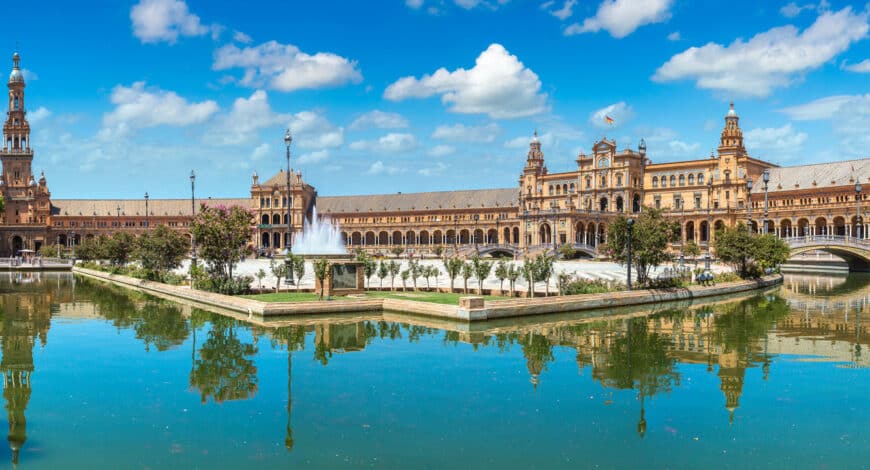
If there is a word which could define Spain and the Spanish gardens, it would be diversity, without any doubt. The country has a great variety of climates and landscapes, ranging from the lush subtropical Mediterranean coast to the arid central plateau with a harsh continental climate and further up to the misty green hills of the Northern regions. Its fascinating history is complex, having been a crucible of different cultures and peoples, including eight centuries of Islamic presence.
The Patio, Soul of the Spanish Garden
The story of Spain’s gardens began in the Roman period, lasting from the 2nd century BCE to the 6th century AD, when Hispania was a prosperous imperial province. From the Roman atrium and peristyle comes the patio, considered to be the soul of the Spanish garden. These courtyards, rich in scent and colour, were the centre for family and social life in Southern Spain. They are designed for the delight of the senses and abound with aromatic plants such as jasmine and innumerable pots of geranium on the walls to form vertical gardens. Patios, which derives from the Latin patere (‘to lie open’), are places to contemplate the infinite from indoors; as the Argentine writer Jorge Luis Borges put it ”Heaven pours into the house down the patio’s slope”.
Unique Hispano-Islamic Gardens
While the gardens of Roman Hispania were much like those in other corners of the empire, the gardens created when the Moors held sway are unique, fruits of the encounter between the Romanised West and the Arab invaders from the East. Spain’s Islamic era began in 711 and lasted for more than eight centuries, leaving a legacy of universally famous Hispano-Islamic gardens, such as the Alhambra and Generalife. The Moors developed the Romans’ sophisticated water engineering techniques and introduced new plants, including orange and lemon trees. Another enduring characteristic is the mixture of ornamental and productive species. The quartered gardens with low pools, irrigation channels, and tiled walkways are the very image of Spanish gardens still today.
Plants from the New World
In 1492, the last Muslim kingdom on the Iberian Peninsula fell to the Christians, unifying Spain, and the very same year Columbus reached America. Plants from the New World came to Spain first, through the harbour of Seville, before spreading across the rest of Europe. The new species transformed the gardens. These included tuberose, garden nasturtium, and the tomato, which, like the sunflower, was originally grown for its aesthetic value and was not appreciated as foodstuff until much later, being originally regarded as poisonous. Later, in the 18th century, Spain led the world in botany and dispatched expeditions to the New World, introducing plants which were to be omnipresent in European gardens, like the dahlias (from Mexico) or trees like the Chile Araucaria araucana. At this time, various botanical gardens for acclimation were established in Spain. The most important centre for exhibiting these new plants and their study was the beautiful Royal Botanical Garden in Madrid with its neoclassical layout.
The Early Modern Period: A mix of Foreign Influences
The gardens created in the 16th and 17th centuries reflect new influences from the Spanish dominions of Sicily, Naples, Milan, and Flanders. Classical elements, such as flights of stairs, loggias, and grottoes, were added to the indigenous tradition, giving birth to such emblematic spaces as the impressive gardens of the Real Alcázar in Seville. In 1700 the French dynasty of the Bourbons succeeded the Habsburgs on the Spanish throne, which was immediately reflected in the gardens of the country. The best example is La Granja, with its symmetric clipped hedges of hornbeam and yew, introduced from France and used for the first time in Spain. However, despite the gardens’ Gallic character, various elements derive from the Hispano-Islamic tradition, such as the absence of long views and the positioning of the main water supply in the upper part of the garden and the open irrigation channels. The English landscape garden, with its gently rolling lawns and pastoral scenes, wasn’t well suited for central Spain’s harsh landscapes and didn’t take root, besides a few exceptions, such as El Capricho in Madrid, created at the end of the 18th century. The garden of La Concepción in Málaga, with its winding paths, lush exotic vegetation, and wrought iron arbour, is a fine example of the 19th century’s international romantic and eclectic style.
Spanish Gardens today, Back to the Roots
At the beginning of the 20th century, Spanish garden design, following the fashion for regionalism in decorative arts and architecture, turned to its ancient roots for inspiration, rediscovering the Hispano-Islamic tradition. Responsible for the beginning of this revival was the Frenchman Jean Claude Nicolas Forestier, who designed Seville’s lovely Parque María Luisa and Casa del Rey Moro in Ronda, amongst many other gardens all over Spain. Still, many of today’s gardens integrate the rich heritage of Spanish gardens from the past to create truly modern gardens, perfectly adapted to the climate challenges.
Visiting Spain’s beautiful gardens is a unique way to get an insight into the country’s fascinating culture and history as well as a source of inspiration for present-day sustainable gardening in this rich, much-alive, two-thousand-year-old tradition. Come and join me on the tour Great Monuments and Gardens of Spain in 2026.
- View Tours Anneli is currently leading
View our current selection of programs to Spain
Article images
Plaza de Espana, Sevilla Image ID: 163904274 Copyright Sergii Figurnyi | Dreamstime.com https://www.dreamstime.com/bloodua_info
Patio in Cordoba, Photo by John Patrick
Alhambra Palace, Granada, Spain. Image ID: 24788993 © Javarman | Dreamstime.com
Gardens of the Alcázar, Seville by John Patrick.
Private palace garden near Ronda
These images have been resized for this website.

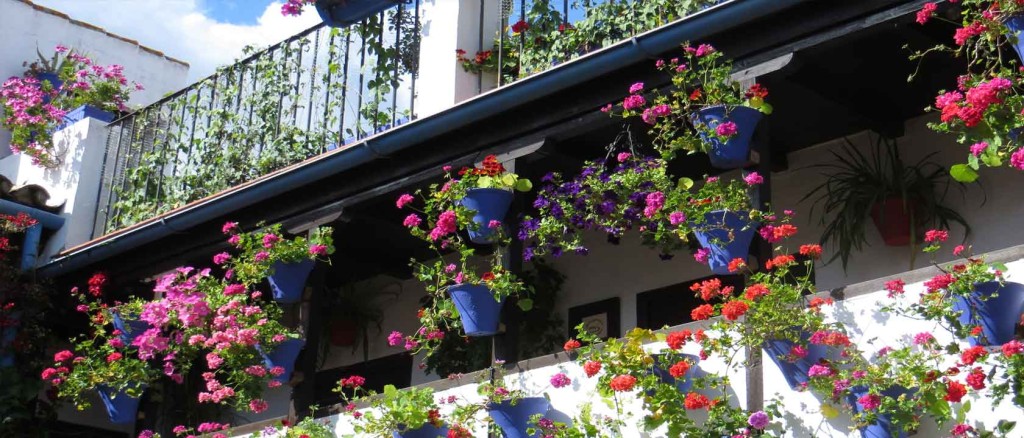
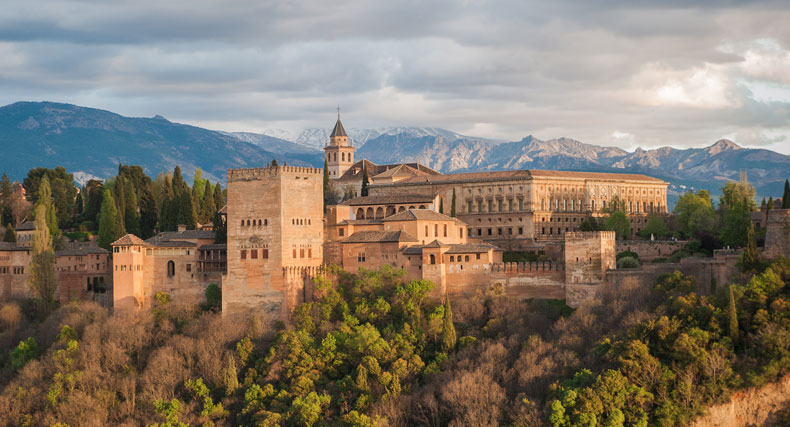
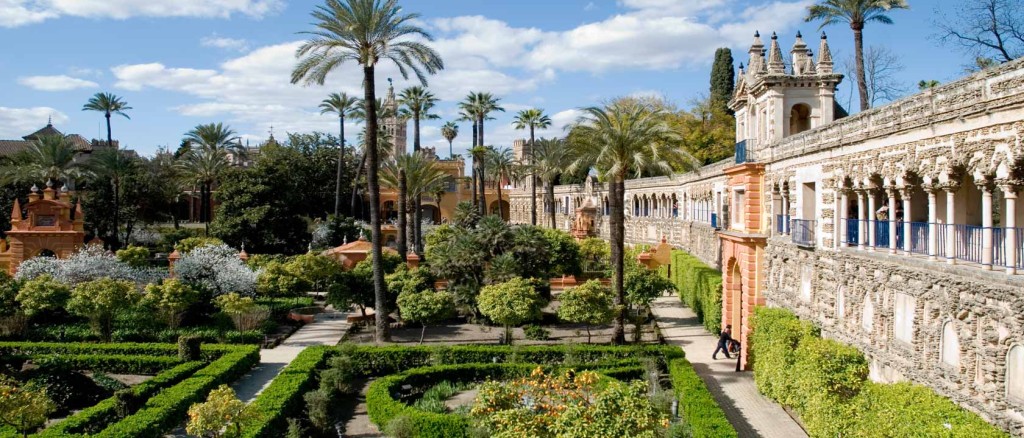


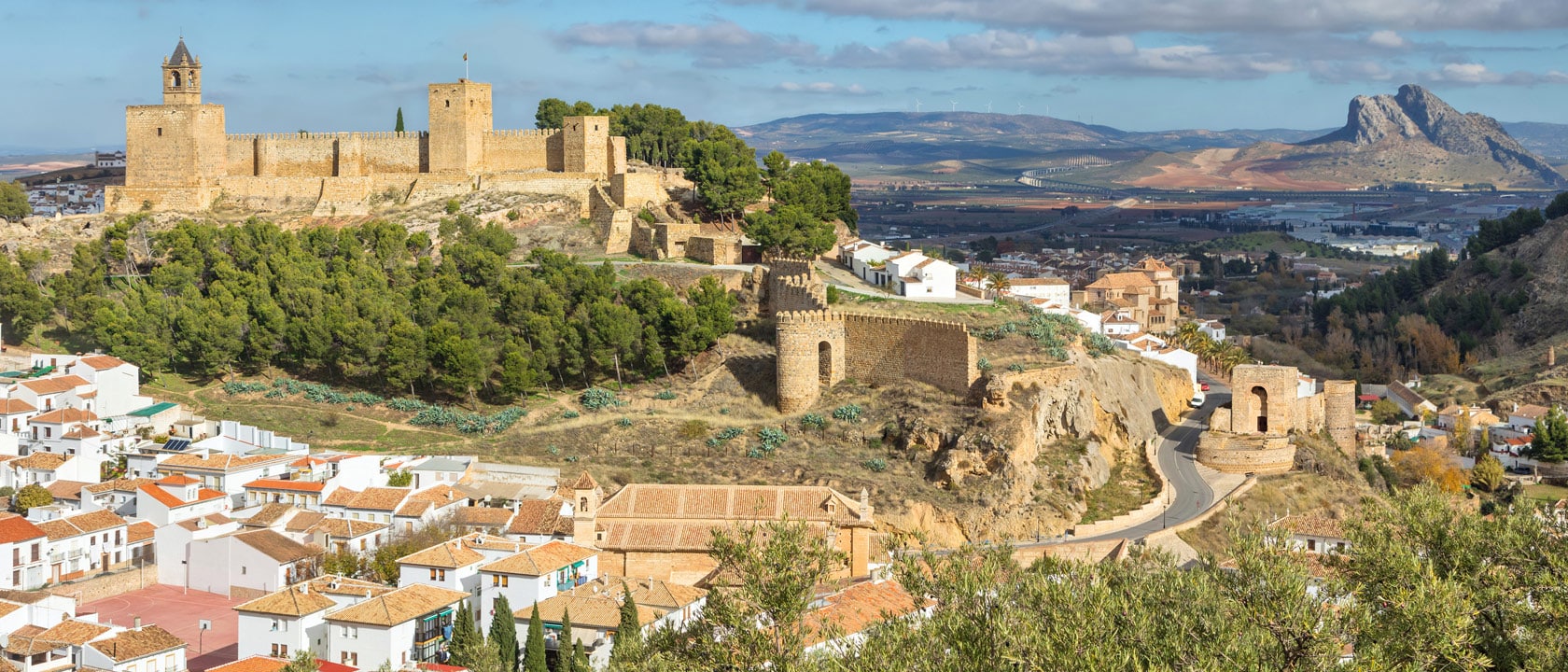 Andalucía: Cultural Landscapes of Southern Spain 2025
Andalucía: Cultural Landscapes of Southern Spain 2025 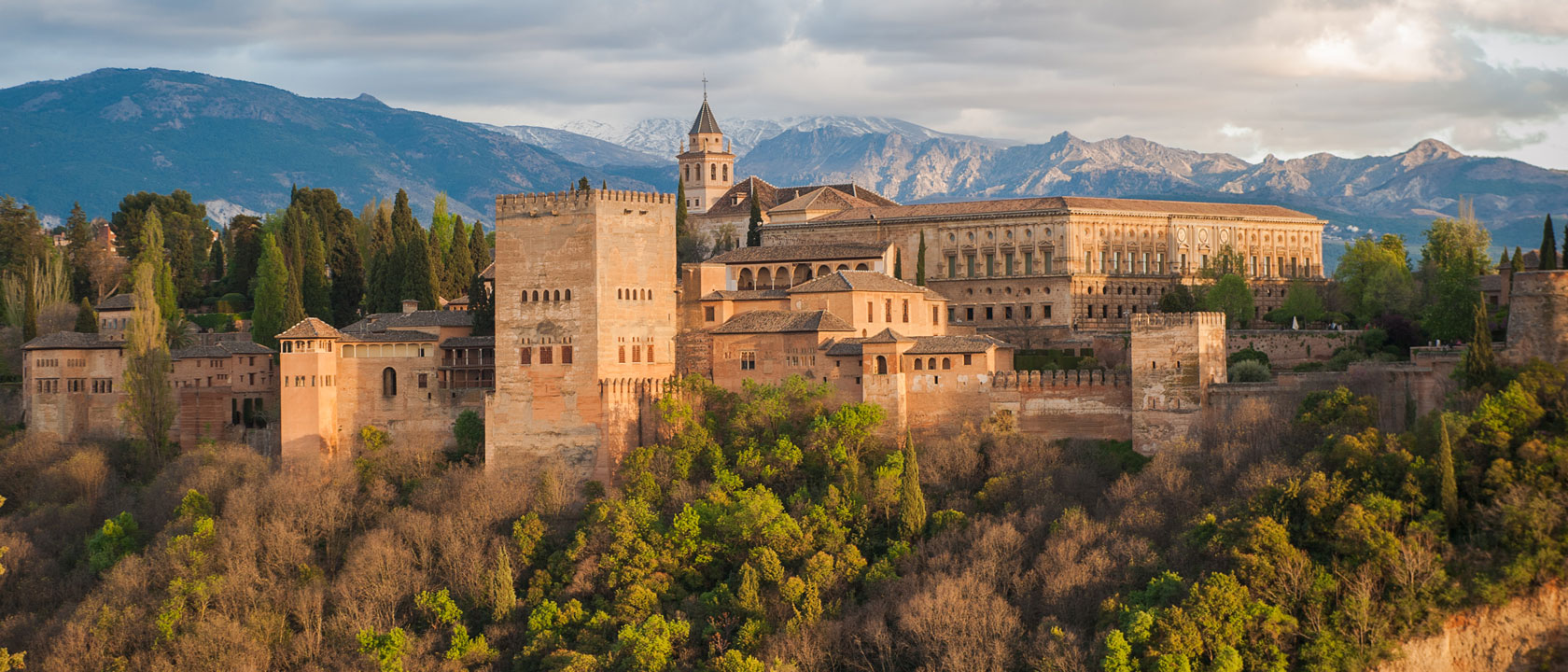 Great Monuments and Gardens of Spain 2026
Great Monuments and Gardens of Spain 2026